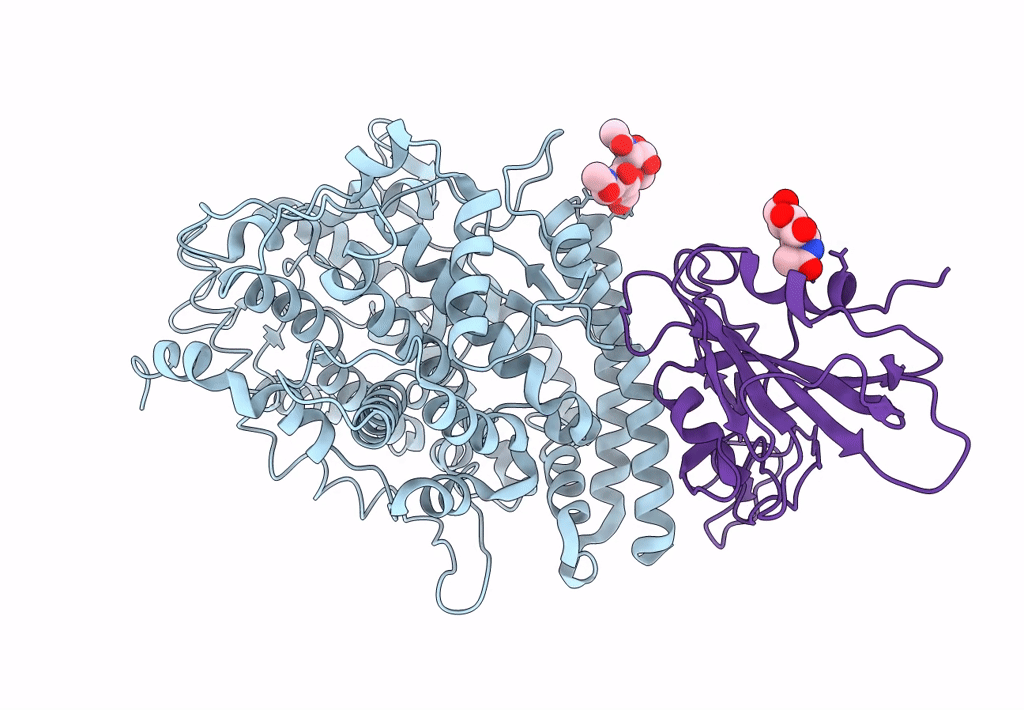
Deposition Date
2022-08-13
Release Date
2023-03-01
Last Version Date
2024-11-13
Entry Detail
Biological Source:
Source Organism:
Mus musculus (Taxon ID: 10090)
Severe acute respiratory syndrome coronavirus 2 (Taxon ID: 2697049)
Enterobacteria phage T4 (Taxon ID: 10665)
Severe acute respiratory syndrome coronavirus 2 (Taxon ID: 2697049)
Enterobacteria phage T4 (Taxon ID: 10665)
Host Organism:
Method Details:
Experimental Method:
Resolution:
3.22 Å
Aggregation State:
PARTICLE
Reconstruction Method:
SINGLE PARTICLE


